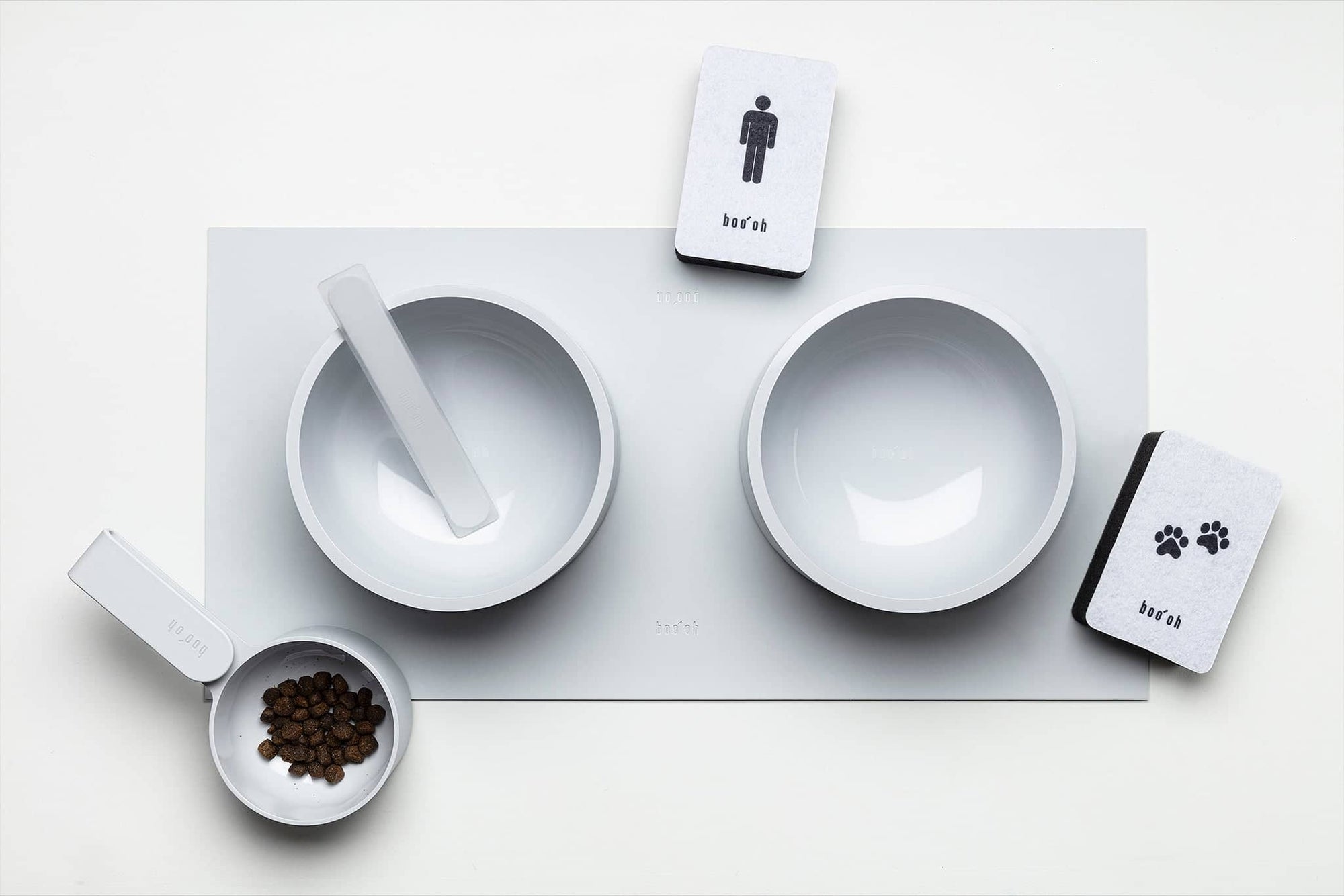It’s not all about satisfying your dog’s cravings and providing food and security. As a responsible pet owner it is your goal to make mealtime enjoyable and beneficial for your pet. Slow feeder dog bowls are an excellent way to ensure that meals are enjoyable and healthy for you dog.
Understanding Slow Feeder Dog Bowls
Slow feeder dog bowls are specifically designed to slow down your dog’s eating pace. The unique design of this bowl includes mazes or obstacles that force your dog to work harder to reach their food. This helps to stop your dog from eating their food too fast.

Slow Feeder Bowls for dogs These Bowls are Beneficial for Dogs.
Slower feeder bowls can prevent your dog’s food from being consumed too fast. Rapid eating can cause digestion issues and excess eating is a major concern for dogs of all breeds However, large breeds are the most susceptible.
Mental stimulation: The mazes inside the bowl provide a challenge for your dog, and they’ll love it. The mental stimulation helps decrease stress and boredom while encouraging wellbeing.
Aids in digestion Slower eating can aid digestion by allowing the food to be chewed in a thorough manner to ensure better absorption nutrients and reducing the risk of vomiting or choking.
Weight Management: Slower feeder bowls assist in managing the weight of your dog by slowing his eating rate and encouraging the feeling of fullness. They also prevent overeating and can result in weight increasing.
Reduces the risk of Bloat: Fast eating can cause you to drink a lot of air, which can lead to bloating and discomfort in your gastrointestinal tract. Slower bowls for food help minimize the risk as they encourage a more controlled and slower eating style.
The Ideal Slow Feeder Bowl For Your Dog
When selecting a slow-feeding dog bowl, consider your dog’s size, eating habits and special needs. If your dog is smaller, go for bowls with smaller mazes or ridges, to ensure they can access the food with ease. Larger dogs might prefer mazes with deeper ridges that are a bit more an adventure.
Think about the material used to create the bowl. Ceramic slow feeder bowls for dogs are strong and easy to clean, which means your pup has a safe and clean eating experience.
Slow Feeder Dog Bowls to Your Dog
It could take some time and patience to transition your dog’s regular bowl to a slower feeder. Here are some suggestions to help your dog get used to the change:
Begin by placing the dog’s favourite treats in the bowl. Let them play in the bowl in search of the food.
Gradual Transition: In the beginning mix your dog’s usual food with the slow feeder bowl to help them transition. Over the course of a few weeks then gradually increase the amount that is in the slow food bowl.
Positive Reinforcement: Applaud your dog’s growth by providing positive reinforcement, praise and treats when they manage to get through the slow food bowl.
Monitor Progress: Pay attention to your dog’s comfort level and the progress. If your dog seems stressed or frustrated, consider changing the difficulty of the bowl or moving back in the transition phase.
Slow Feeder Dog Bowls: How to Use These Bowls in Your Daily Routine
Once your dog has become accustomed to eating from a slow dog bowl, you can make it a routine portion of their food routine. Observe their eating patterns and the positive impacts on digestion as well as their overall well-being.
In conclusion
It is vital to provide your dog with the right tools and an environment to have a pleasant, healthy food. Slow feeder dog dishes can be a fantastic way to motivate your dog to eat more, reduce overeating and stimulate their minds.
Making the investment in a slow-feeder dog bowl is an investment in your dog’s overall health and happiness. Select the ideal bowl for your dog and slowly introduce it and watch the transformation. Relax and enjoy the moment. A slow feeding bowl will enhance your dog’s eating routine.